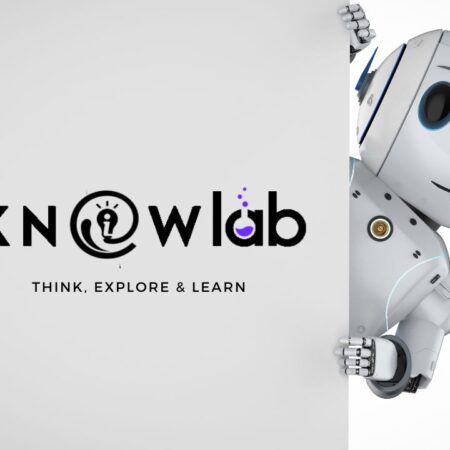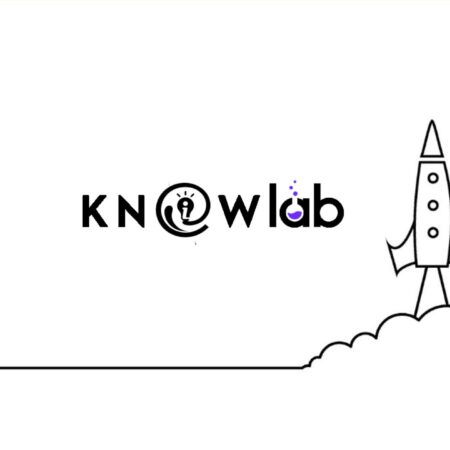
Every online business is busy implementing the personalization feature. Sadly, not many get it right. The fact sadder than this is, online app businesses are not entirely getting the point of personalization.
For instance, Kim, a 26-year-old lady, residing in New York, buys a Trench coat from an eCommerce portal. Now, the data generated out of Kim’s shopping preferences reads as follow:
| Name | Kim |
| Gender | Female |
| Age | 26 |
| Location | New York, USA |
| Shopping Preference | Green Trench Coat |
Given this data, females in their mid-twenties residing in New York will be shown more products like the ones purchased by Kim.
What does this imply?
It implies that personalization is a fallacy. It shows recommendations only for the overlapping purchases among individuals sharing the same demography. So, suppose you own an eCommerce store. You think about increasing the trench coat’s sales dramatically. In that case, you know you are in for a disappointment with the conventional personalization feature.
The waves of personalization have reached the shores of industries other than eCommerce as well. Be it online food delivery business, video streaming platforms, music/podcast streaming platforms, or any other business residing within the on-demand business peripherals.
- Request for a ride in Uber at a particular time, and it will show your preferred location.
- Open your Zomato app, and you will find restaurants, wherein you have previously placed an order, in the top tiers.
- Launch Amazon, and you will find products similar to the ones already bought in the list.
- Choose a genre on YouTube, and you will be bombarded with familiar watchlists.
I wouldn’t see it as personalization. I would see it as a repeated recommendation of the same event/products/food/content. So, we are back to the square one, and it begs the question–Is personalization a fallacy?
And if that is what personalization is, what is the right approach for businessmen?
How to Fix the Broken Personalization Feature in Online Businesses?
They say, if it hasn’t broken, don’t fix it. So, if you don’t have the personalization feature in your mobile application, I have the right alternative for you.
On the other hand, if you have been invested in the personalization feature for too long now and see only little spikes in your user base/revenue, it’s time for you to fix the personalization feature.
The solution is–Owning a different personality feature.
Allow me to explain it.
Personalization involves artificial intelligence scratching its head to identify a pattern that your user has fallen into to predict future actions. As a result, a user sees similar results in his feed–shopping, reading, binge-watching, eating, wearing, dwelling, listening to, doing, and more.
Mundanity is the necessity that calls for some change in the feed. If users would have the same kind of suggestion, they’d look for an alternative app within your industry. And you don’t want that.
So, here’s what you can do.
You can kill their boredom from the same feed recommendation by introducing–own a different personality feature.
Own a Different Personality? What’s that?
Glad you asked.
Owning a different personality is the new feature that I have thought about when it comes to rescuing the shortfalls of personalization. The fundamental working of this feature is based on the current personalization feature.
While every user has their feeds based on their repeated search and interaction with the content, there should be a share feed feature with friends. A user should be able to keep some of the preferences open for the public. As a result, when a user is bored with the repeated kind of recommendations in his feeds, he can choose to own another user’s personality, meaning getting the personalized feed of that user in one’s feed until it is switched back to one’s personality.
Such a feature can do wonders to the current eCommerce industry. Instead of asking for recommendations from a friend, your users can directly apply their friends’ feed into their feed to receive different recommendations.
Is there a Scope for Advancement in this Feature?
As a digital businessman, it is natural for you to ask this question about your business’ future. After all, the plan is to expand your business over numerous geographies. While personalization is a way to extract users’ data to serve them with more choices, owning a personality can keep them glued to their apps.
There is no dearth of online friends. Users can simply connect with their friends and explore their choices to find some of the best products/rides/watchlists/food. On the other hand, when we are talking about advancement, influencers can play a massive role.
Celebrities and influencers can opt to make their choices public to explore their profiles and own their personality while shopping online. Such a feature can even give social media a run for new engagement quotients.
Below is the roadmap to advancing an app with owning a different personality feature:
- Develop a mobile app using artificial intelligence.
- Get to know your users and offer them personalized feeds.
- Introduce an add-on of owning a personality.
- Let users connect with their friends and use the feature.
- Create another segment within the feature to accommodate influencers and celebrities.
The feature can do more than just engaging your users.
I get it. It is a new feature, and it is apparent that it attracts a series of doubts when it comes to real-life implementation.
What if it doesn’t work on users as promised?
What if users don’t want to interact, the social media style, in eCommerce?
What if celebrities and influencers don’t show up in the path of advancement?
Too many what-ifs but I hold the answer.
It was hell a lot easier for users to perceive that Uber could fail, as it would have been too much of a hassle for users to open an application, add their ride details, wait for the driver, and then get to the destination.
What if the driver cancelled the ride?
What if drivers didn’t agree to the fixed-price model when they could charge as per their wish?
What if users don’t resonate to the model?
There were too many what-ifs back then, as well. Being the first one in the market often comes with a lot of risks. However, there is also a thrill to be a trend-setter and gain an early-mover’s advantage.
So, which one are you of the two–An opportunist or an opportunist?
Reach out to us and follow us Alt4.in



